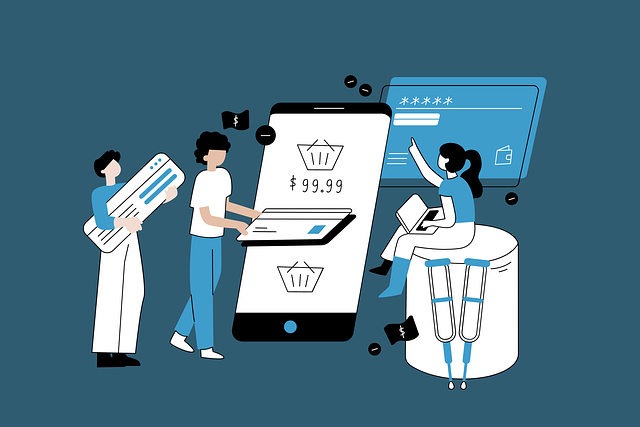In the dynamic world of e-commerce, providing personalized experiences is crucial for businesses striving to capture and retain customers. One powerful tool that has revolutionized this space is the Recommendation Engine. These engines analyze user behavior, preferences, and interactions to suggest products that align with individual tastes, significantly enhancing the shopping experience.
The Power of Personalization
Personalization in e-commerce is more than just addressing customers by their names in emails. It’s about understanding their needs and preferences to offer relevant products, thereby increasing the likelihood of a purchase. A well-implemented recommendation engine can:
- Boost Sales: By suggesting products that customers are more likely to buy, businesses can see a marked increase in their sales and average order values.
- Improve Customer Satisfaction: Personalized recommendations make the shopping experience more enjoyable, which can lead to higher customer satisfaction and loyalty.
- Enhance User Engagement: When customers find the recommendations relevant, they are more likely to spend additional time on the website, exploring and purchasing suggested items.
How Recommendation Engines Work
Recommendation engines utilize sophisticated algorithms to analyze vast amounts of data. This data includes browsing history, past purchases, and even demographic information. The two primary types of recommendation engines are:
- Collaborative Filtering: This method relies on the behavior of users. If two users have shown similar behavior (e.g., purchasing similar items), the system can recommend products to one user based on the activities of the other.
- Content-Based Filtering: This approach recommends products based on the characteristics of items. For example, if a user has purchased a lot of mystery novels, the engine might recommend other books in the same genre.
For a comprehensive understanding and to explore state-of-the-art solutions, you can visit https://stratoflow.com/.
Implementing Recommendation Engines
Businesses looking to implement recommendation engines should consider the following steps:
- Data Collection: Gather data from various touchpoints, including website visits, purchases, and customer feedback.
- Algorithm Selection: Choose the right algorithm that aligns with your business goals and customer behavior patterns.
- Integration and Testing: Seamlessly integrate the recommendation engine with your e-commerce platform and rigorously test to ensure accuracy and efficiency.
- Continuous Optimization: Regularly update the algorithms and data inputs to adapt to changing customer preferences and market trends.
Real-World Examples
Many leading e-commerce platforms attribute a significant portion of their revenue to effective recommendation engines. Amazon, for example, generates a substantial percentage of its sales from recommendations. Netflix, another pioneer, keeps viewers engaged by suggesting content based on their viewing history.
In conclusion, recommendation engines are a game-changer in the e-commerce industry, offering personalized experiences that drive sales and enhance customer loyalty. By leveraging these powerful tools, businesses can stay competitive and meet the ever-evolving demands of their customers.

0 Comments